Hey there,
I know what you’re thinking. Reading a nature-themed climate change newsletter from a guy who shows up to business meetings looking like he’s just finished up a hike is a little on-the-nose.
But hear me out. Nature’s got a lot more to offer us than a great place to eat trail mix.
Very Smart People everywhere are learning that natural processes and ecosystems offer great models for the world that we create: Think a biodegradable Michelin tire based on coral growth, Adidas shoes meant to one day be recycled into a new pair, even a flood-friendly courtyard tile dreamt up by a group of middle schoolers and inspired by … potatoes. (Weirdos like me sometimes call the concept biomimicry.)
Read on to learn more about nature-inspired design — how can you resist the allure of a kelp-based tank top or a seed-inspired monocopter you can make yourself?! You don’t need a pair of hiking boots to find inspiration in what already works.
Feedback about Shift Happens is always welcome, and please encourage your friends to subscribe.
— Chip, Grist Founder
1. Your new hero

Nona Yehia is CEO and co-founder of Vertical Harvest in Jackson, Wyoming. The company produces Bumble Bee tomatoes, rainbow chard, butterhead lettuce — as much bounty as a 10-acre traditional farm, all in a state-of-the-art, hydroponic greenhouse that takes up only one-tenth of an acre of land. And it does it with a lot of help and inspiration from nature.
Unlike many other vertical farms, which are located in artificially lit warehouses and cut off from the outside world, Vertical Harvest makes use of natural sunlight and ventilation. The company even uses “bug-on-bug warfare” to fend off insect pests, Yehia says.“We have parasitic wasps that are right now patrolling to take care of white flies and aphids.”
Vertical Harvest’s design and business model — many of the company’s employees are people with disabilities— have garnered attention from around the globe. Check out our recent conversation with Yehia, a 2016 Grist 50 Fixer.
2. Your pick-me-up
- FLIGHT SIMULATION: Most of us are painfully aware of the fact that hopping on a plane means pumping out carbon — there’s even a word for that in Dutch: “vliegschaamte,” or, literally, “flight shame.” It’s a feeling so strong that Pieter Elbers, CEO of KLM Royal Dutch Airlines, recently penned an open letter encouraging paying customers to fly less.
- MEAT YOUR MAKER: We’ve all been captivated (and a little grossed out) by the idea of faux and lab-grown meat for a while, but the options still feel like a bit of a novelty. A recent report says that’s all gonna change: According to consultancy AT Kearney, 60 percent of the world’s meat will be replaced by plant-based options or grown in the lab by 2040, and, it turns out, even meat-eaters are craving the stuff.
- SIX FEET UNDER: We’re trying to kill off carbon pollution, right? So where better to put it than in the ground? That’s the concept behind startup Indigo AG’s wild idea to remove 1 trillion pounds of carbon from the atmosphere through agricultural practices that stash it in the soil. (One can dream.)
- WIND UP: Working on (or just plain thinking about!) climate change can feel lonely, but look at these numbers: In 2018, 11 million people were employed in the renewable energy industry worldwide, up from 8.1million in 2015, according to the International Renewable Energy Agency (no, this is not a made-up organization).
- PARIS ACCORD: The mayor of Paris wants 50 percent of the city to be covered by planted areas by 2030, a climate goal that has led to plans to have urban forests surround landmarks like the Opera Garnier and the Gare de Lyon. More like City of Plants, am I right?
3. Your reading list
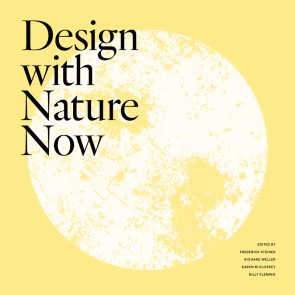 Architect Ian McHarg’s 1969 book Design with Nature was revolutionary back in the day. McHarg called for designing communities that work hand-in-hand with ecological systems, rather than against them— a vision he realized in designing The Woodlands, a Houston suburb built to restore and protect the area’s hydrological system.
Architect Ian McHarg’s 1969 book Design with Nature was revolutionary back in the day. McHarg called for designing communities that work hand-in-hand with ecological systems, rather than against them— a vision he realized in designing The Woodlands, a Houston suburb built to restore and protect the area’s hydrological system.
This fall, a collection of authors is publishing a book that reflects on the role that McHarg’s vision plays in a world increasingly affected by climate change. Design with Nature Now (available for preorder) also details (with pretty illustrations!) dozens of projects that align with McHarg’s thinking, including a plan to surround New York City with wetlands in response to rising tides, and efforts to build a continuous corridor of protected wilderness for wildlife from Yellowstone to the Yukon.
“The ‘now’ means that there’s hope,” co-editor Frederick Steiner says of the book’s title. “There’s hope for the planet.”
4. Your next move
- Night at the museum: If you find yourself in New York City or Kerkrade, Netherlands, check out “Nature,” a collaborative exhibit between the Cooper Hewitt Smithsonian Design Museum and Cube design museum that explores ways we humans interact with the world around us (and features a shirt made out of kelp!). Can’t make it? View the collection online.
- Stir up trouble: The Trouble, a nonprofit online periodical about climate change and leftist politics, recently had its first birthday! Give it a read and consider donating, which helps pay its writers.
- Unleash your inner kid: Kazoo, an ad-free print magazine celebrating girls, put out its Great Green Issue last month. If you’ve got kids in your life (or feel like a big kid yourself), find a copy in your local bookstore, or get the Great Green Issue online soon.
5. Your Sunday plans
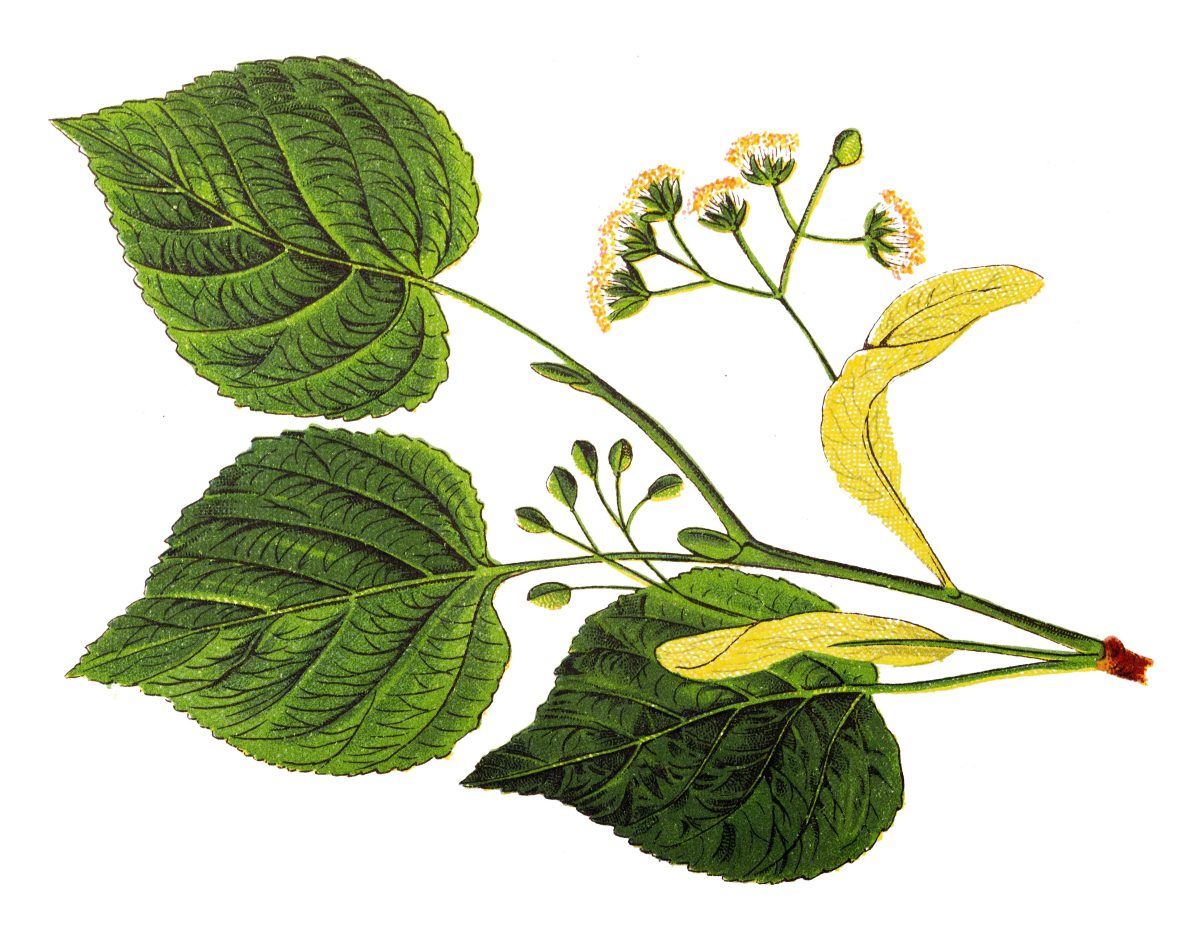
Nastasic / Getty Images
Treat yourself to a little nature-inspired fun: your very own homemade monocopter, modeled after the linden seed — which, much like a maple seed, spins around like a helicopter when it falls. This bit of brilliance comes courtesy of Seattle teacher, pilot, and life-long flying-toy designer Scobie Puchtler.
“It is unreal when a Linden tree lets go of 10 or 20,000 of these copters at once in a gust,” Scobie says— “almost like being able to see the wind itself.”
Photos: Scobie Puchtler
What you’ll need:
- Paperclip
- Toothpick
- A scrap of card stock, like a 3×5 card
- Tape
- Someplace tall to launch it from!
Steps:
- Use this template for cutting your first cardstock “blade.”(You can also experiment with your own shapes, but don’t blame me when it flies all funky.)
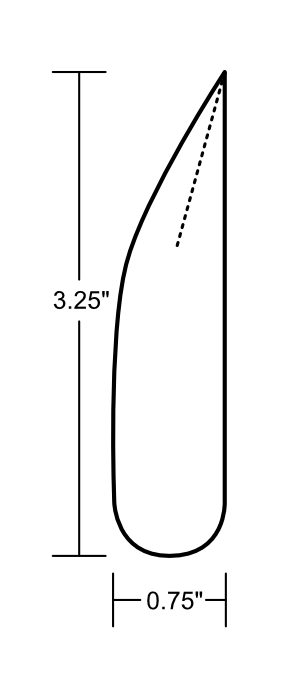
- Bend the paperclip as shown and tape it to one end of the toothpick. The paperclip will mimic the seed bundle, and the toothpick will act as the stem.

- Position the clip and toothpick assembly on top of the blade, matching the points as shown here.
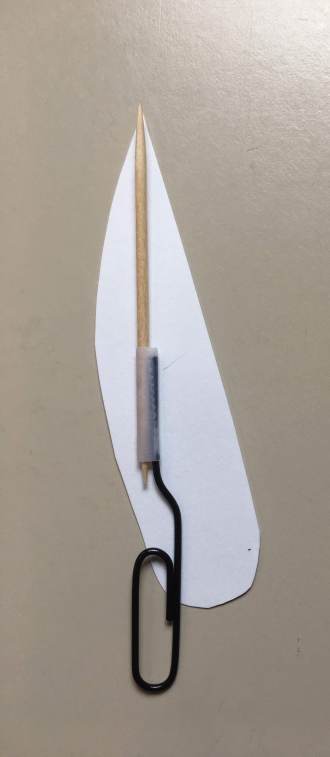
- Use a piece of tape about an inch long to fasten the toothpick to the wing. Fold the extra tape around the back side, and burnish the tape down all around.
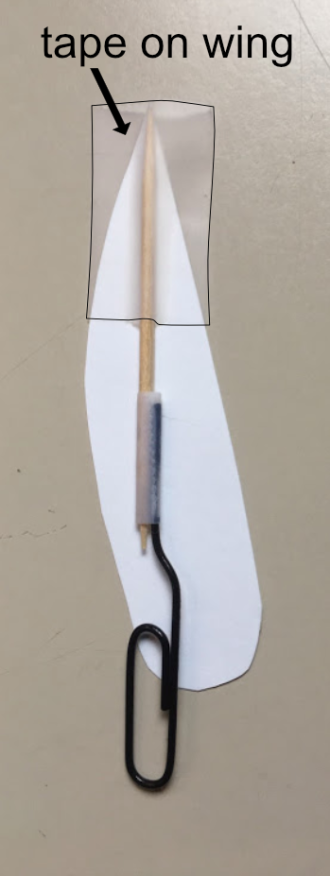
- Flex the free part of the wing away from the shaft at an angle as shown, rolling the paper until it curls slightly. You can experiment with “tuning” the wing for best flight.
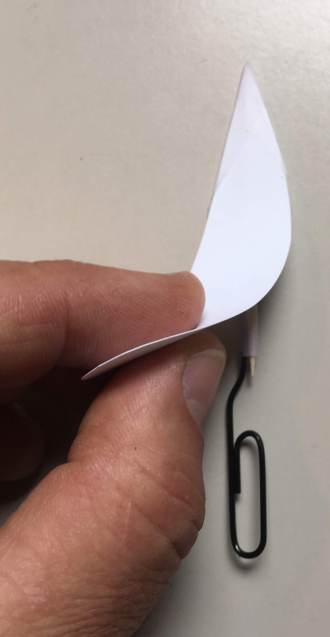
- Find a balcony or a stairwell, or a hillside with wind coming up it, so you can really enjoy the flight performance.
- Launch your imitation seed-copter gently downward,paperclip-first, just as if its stem had broken free from the tree. It should begin to spin — and as the spin gets faster, the wing will edge away from the stem and become more and more effective at slowing the rate of descent, just like the real seed-copter does!

Now, to assign Scobie the task of designing us some solar-powered, self-driving flying taxis. Gotta get to the trailhead somehow!




